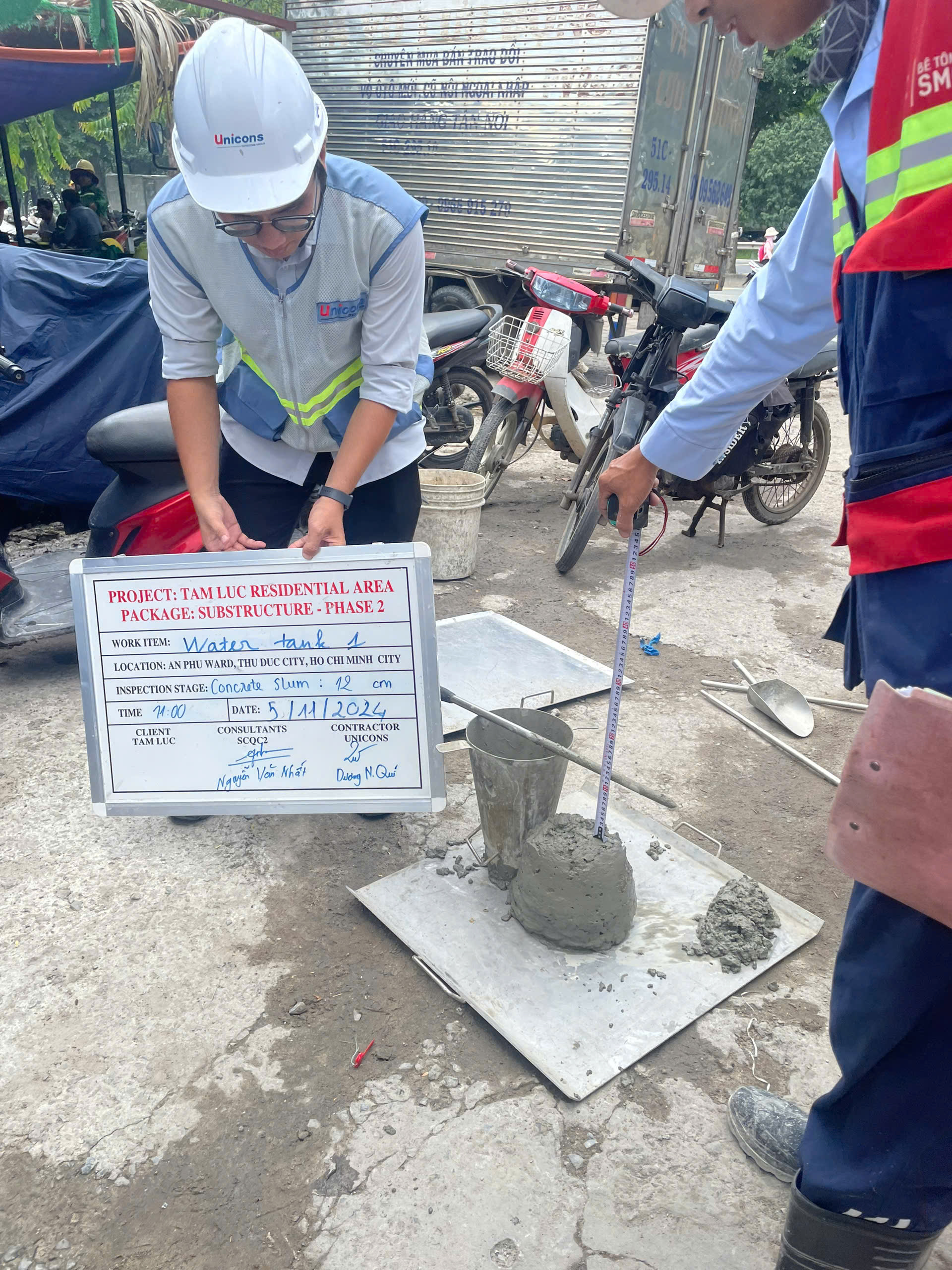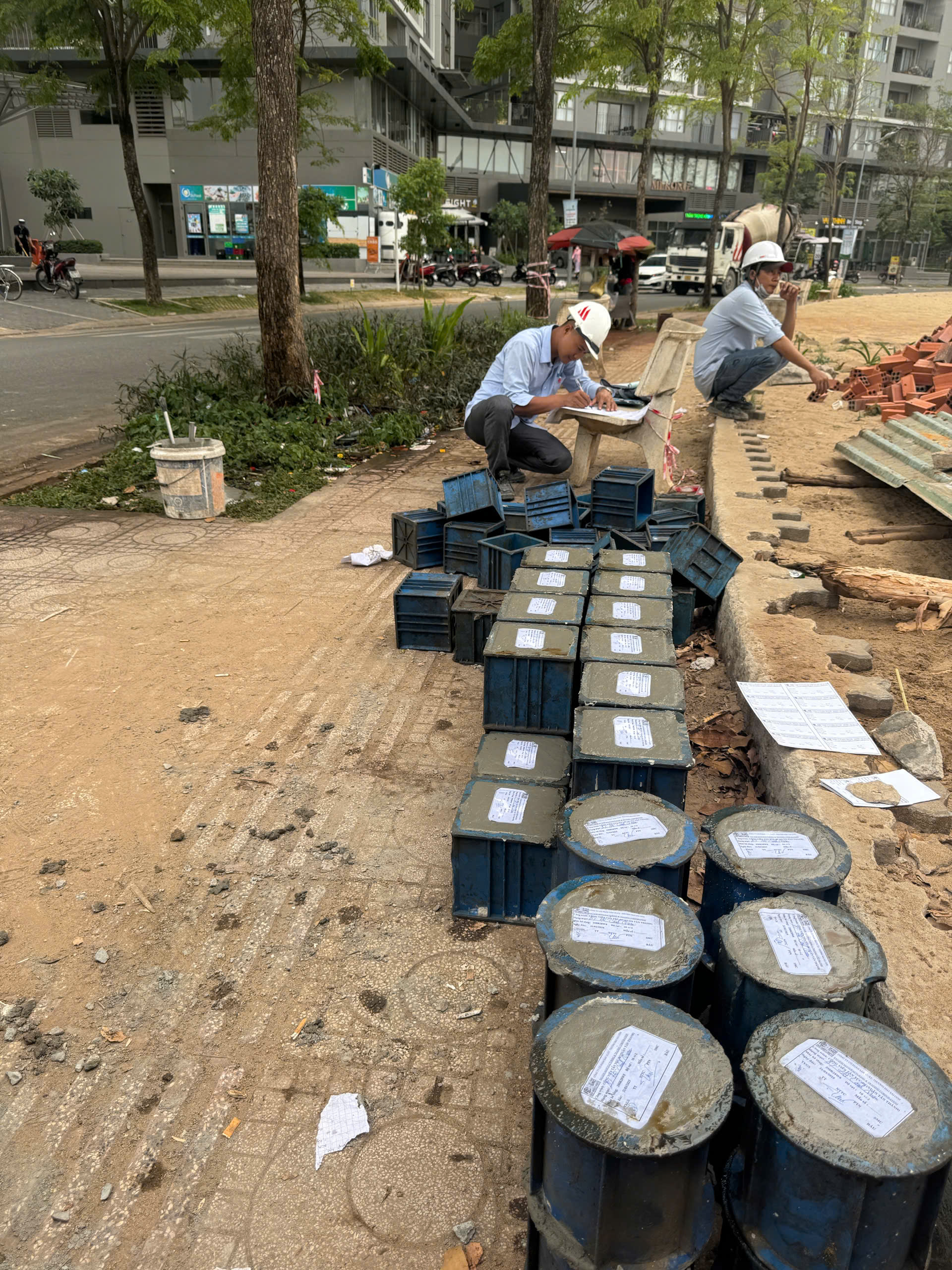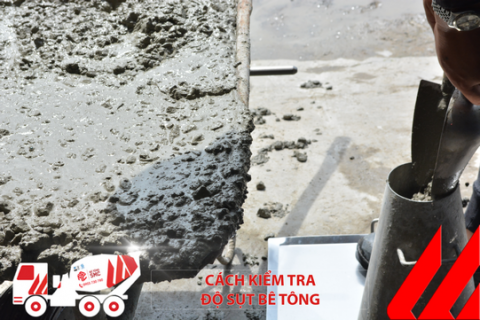Frequently asked Questions
Concrete engineering advice
Business contact
A Comprehensive Guide to Concrete Specs – Everything You Need to Know
Understanding Concrete Specs and Their Role in Construction

Concrete specs are often governed by key standards such as TCVN 7570:2006, TCVN 10306:2014, and technical guidelines from reputable organizations like The Concrete Centre. These parameters not only reflect the physical and chemical properties of concrete but also directly influence workability, load-bearing capacity, and the overall construction quality.
Core Elements of a Concrete Spec

Alongside the grade, compressive strength is a key parameter in structural design. Measured in psi or MPa, this value helps engineers determine the maximum load that a concrete structure can withstand before failure. For example, a concrete strength of 3000 psi is approximately equivalent to M250—suitable for residential buildings or small-scale projects.
Another essential parameter is slump, which measures the workability or flowability of fresh concrete, typically in cm or inches. A higher slump means a more fluid mix that is easier to place but may compromise strength if not properly controlled. Conversely, a lower slump results in a stiffer mix that is harder to work with but offers greater durability.

Concrete aggregates—including stone, gravel, and sand—must also meet strict technical criteria. As per TCVN 7570:2006, aggregates must be clean, free from contaminants, and appropriately sized to ensure a proper chemical reaction between cement and water.
Additional Technical Requirements in Concrete Specs

In practice, admixtures—such as plasticizers, waterproofing agents, or accelerators—are often added to enhance workability or technical performance. For mass concrete, controlling the heat of hydration is critical to avoid cracking caused by temperature differentials between the interior and exterior of the concrete mass. As a result, quality control and acceptance testing involve not just visual inspection but also sample collection and laboratory testing in accordance with regulatory standards.
Classifying Concrete by Technical Specs
Normal-weight concrete, with a density of 2200–2500 kg/m³, is widely used in residential buildings, bridges, and basements.
Lightweight concrete, with a density of 800–1400 kg/m³, is ideal for non-load-bearing components, reducing the load on foundations.
Ultra-lightweight concrete, such as autoclaved aerated concrete (AAC), is increasingly used in modern structures for partition walls and prefabricated panels.

Key Considerations When Choosing Concrete Specs for Your Project
Above all, compliance with current construction standards ensures not only the durability and safety of the structure but also enhances the credibility and accountability of both the investor and contractor involved in the project.
Other news
Currently, ready-mix concrete is a top choice for many construction projects—both large and small—thanks to its convenience, consistent quality, and high construction efficiency. With extensive experience supplying commercial concrete for numerous key projects in the Southern region, SMC proudly offers a diverse range of ready-mix concrete products to meet the technical requirements of every type of construction.
How to check the concrete slump
In construction and civil engineering, concrete slump test (or simple slump test) is the work performed at the construction site or in the laboratory that usually determines and measures the hardness, consistency of samples. Concrete before pouring concrete or casting maintenance, research or experiment samples.
Comparing Ready-Mix Concrete, Lightweight Concrete, and Ultra-Lightweight Concrete: Which Is the Optimal Choice for Your Project?
Precast concrete box culverts are the optimal solution for drainage systems. Discover the structural standards and practical applications in SMC's article.




